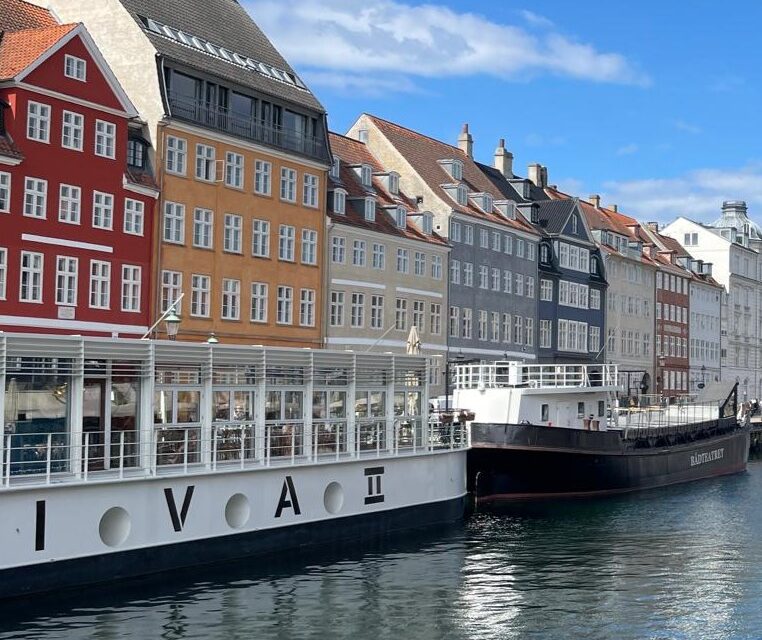MAY 20, 2025: In just a few hours, I’ll be boarding a plane to Denmark. Why Denmark?
Several months ago, our daughter Michal started to help us with our Wandering Jew project. For her first assignment, we looked for a country that had several Jewish Heritage sites – but not so many that it would feel overwhelming for a beginner. Denmark seemed like a perfect fit.
As we started learning more about the history of Jews in Denmark, it became clear that this was an excellent choice. Jews first arrived in Denmark in the early 17th century, invited by King Christian IV, who granted them limited rights to settle and trade. Over the following centuries, particularly in the 18th and 19th, the community grew as Jews gained more civil rights and gradually integrated into Danish society.
But it’s Denmark’s role during World War II that truly makes it special. When Nazi Germany occupied the country in 1940, Denmark managed to negotiate a relatively lenient arrangement, maintaining political autonomy until 1943. During this time, Danish authorities refused to implement antisemitic laws or register Jews, insisting they were full citizens.
That changed in August 1943, when the Nazis dissolved the Danish government and imposed martial law. Soon after, they planned a mass arrest of Danish Jews, timed for October 1st—Rosh Hashanah—with the goal of catching the community off guard.
However, a German diplomat stationed in Denmark, leaked the plans to Danish officials and Jewish leaders. This early warning gave the Danish underground just days to act. In an extraordinary show of solidarity, ordinary citizens—fishermen, doctors, teachers, clergy, and even police—mobilized to hide Jews and then smuggle them to safety. Within a matter of weeks, over 7,200 of Denmark’s 7,800 Jews, along with about 700 non-Jewish relatives, were secretly ferried to neutral Sweden. This accounted for over 90% of Denmark’s Jewish population.
Only about 500 Danish Jews were captured and deported, most to Theresienstadt. Thanks to continued pressure and care packages from the Danish Red Cross and government-in-exile, most of those deported survived —an outcome very different from elsewhere in Nazi-occupied Europe.
Today, Denmark’s Jewish community is small, about 6,000 people, mostly in Copenhagen. We hope to visit the Great Synagogue, built in 1833 and still in use, and the Danish Jewish Museum, designed by Daniel Libeskind, which explores over 400 years of Jewish life with a special focus on the WWII rescue. We’ll also visit the Museum of Danish Resistance, which includes exhibits on the Jewish rescue effort.
Beyond the capital, we plan to explore coastal towns like Gilleleje, where Jews were hidden before being smuggled to Sweden. There are also Holocaust memorials and plaques scattered throughout the country, as well as historic Jewish cemeteries, silent witnesses to communities that once were.
We only have a limited time, and will not get to see everything, but hopefully enough to document most of the Jewish Heritage sites in the country. And what could be better than traveling and researching together with my daughter?

0 comments on “Off to Denmark”Add yours →